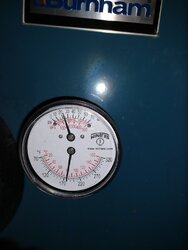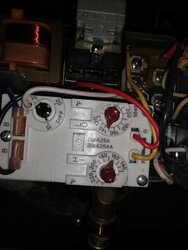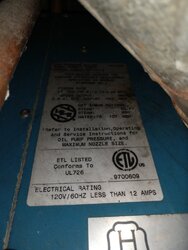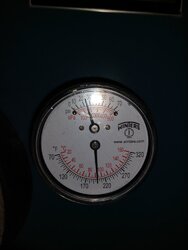I'm pricing out an OWB and was hoping i could steal some knowledge from this forum. Specifically i have questions on my domestic hot water coil setup.
I heat about 1900 sq ft with an oil boiler, three zones, baseboard, plus domestic hot water coil in the boiler. Looking to install a heatmaster G100.
I understand how the plate exchanger works between the pressurized and unpressurized systems, to heat my baseboards, but i am unsure about the domestic hot water, and also about anti-freeze in the system. I asked the dealer and he suggested he would install the plate exchanger per normal configuration for the baseboards, but would also run a line directly into the boiler. He suggests this would have many advantages 1) oil boiler stays at a constant hot temperature rather than heating and cooling (stressing the metal, condensation, shrinking gaskets, etc) 2) it would effectively heat the domestic hot water this way 3) if i were to go away on vacation i would set a circulator pump to continuously run, therefor my oil boiler would be heating the OWB and lines, preventing the need for antifreeze which is expensive and less efficient.
I have many questions:
will this require me running two sets of insulated pex into the house? Can you pipe the OWB through the oil boiler without making it a pressurized system? What happens in the summer when i'm not using the OWB but am using the Oil boiler for hot water - will i be back heating the OWB?
Any and all advice or thoughts are appreciated
I heat about 1900 sq ft with an oil boiler, three zones, baseboard, plus domestic hot water coil in the boiler. Looking to install a heatmaster G100.
I understand how the plate exchanger works between the pressurized and unpressurized systems, to heat my baseboards, but i am unsure about the domestic hot water, and also about anti-freeze in the system. I asked the dealer and he suggested he would install the plate exchanger per normal configuration for the baseboards, but would also run a line directly into the boiler. He suggests this would have many advantages 1) oil boiler stays at a constant hot temperature rather than heating and cooling (stressing the metal, condensation, shrinking gaskets, etc) 2) it would effectively heat the domestic hot water this way 3) if i were to go away on vacation i would set a circulator pump to continuously run, therefor my oil boiler would be heating the OWB and lines, preventing the need for antifreeze which is expensive and less efficient.
I have many questions:
will this require me running two sets of insulated pex into the house? Can you pipe the OWB through the oil boiler without making it a pressurized system? What happens in the summer when i'm not using the OWB but am using the Oil boiler for hot water - will i be back heating the OWB?
Any and all advice or thoughts are appreciated






